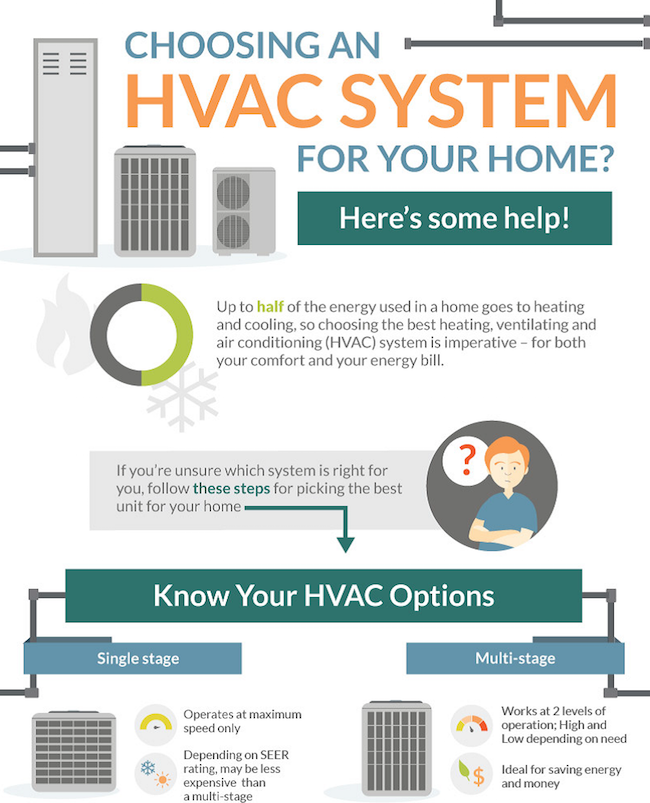Understand Just How To Take Full Advantage Of The Performance And Durability Of Your Heatpump System By Sidestepping Regular Installment Challenges
Understand Just How To Take Full Advantage Of The Performance And Durability Of Your Heatpump System By Sidestepping Regular Installment Challenges
Blog Article
Write-Up By-Stuart Sparks
When setting up a heat pump, you should avoid usual blunders that can threaten its performance. Ignoring proper sizing might lead to inadequacies and higher energy costs. Overlooking insulation and sealing can result in power waste and stress on the system. Additionally, positioning the exterior unit improperly may impact its efficiency. By staying clear of these errors, you can ensure ideal operating and sturdiness of your heat pump system.
Improper Sizing of Heatpump
When it comes to the installment of heat pumps, one of the most usual blunders is improperly sizing the system for your room. Ensuring the ideal size is crucial for optimum efficiency. If the heat pump is as well little, it will struggle to warmth or cool your area effectively, resulting in enhanced energy costs and possible wear and tear on the unit.
On the other hand, if the heatpump is as well big, it will cycle on and off frequently, causing temperature fluctuations and minimizing its lifespan.
To avoid this blunder, it's vital to have a professional assess your space and suggest the ideal size of the heat pump based on factors like square video, insulation, ceiling elevation, and neighborhood environment. By investing the moment and initiative to make certain the appropriate sizing, you can enjoy a comfortable setting while maximizing energy performance and extending the life expectancy of your heat pump.
Inadequate Insulation and Sealing
To guarantee the efficient procedure of your heat pump, it's vital to attend to insufficient insulation and securing in your area. https://www.facilitiesnet.com/jobs/details/Building-Engineer--787 preserve a constant temperature level inside, decreasing the work on your heat pump. Inadequate insulation can lead to power loss, making your heat pump work harder and much less successfully.
Securing any voids or leaks in your room is just as essential. These gaps enable conditioned air to get away and outdoor air to seep in, forcing your heat pump to make up for the temperature level fluctuations.
Wrong Placement of Outdoor Unit
Attending to the positioning of your heat pump's exterior device is vital to enhancing its performance. Installing the exterior unit in an inaccurate location can result in performance concerns and prospective damage to the system.
One usual blunder to avoid is positioning the outside device too close to a wall surface or other frameworks. This can limit air movement, triggering the unit to work more difficult to heat or cool your space, inevitably lowering its efficiency and life-span.
Another error to avoid is placing the exterior system in direct sunlight. While https://averagecosttoreplaceheati21975.bloggip.com/31230082/looking-for-the-suitable-heat-pump-for-your-space-examine-the-various-subtleties-between-air-resource-and-ground-resource-services-to-please-your-home-heating-preferences is inevitable, extreme exposure can bring about overheating, particularly throughout hot summer season days. It's ideal to position the exterior system in a shaded area to help preserve its optimum operating temperature.
Additionally, make sure that the outside device is placed on a stable and level surface. Unequal ground can create resonances and unneeded pressure on the system, impacting its efficiency in time.
Final thought
To conclude, avoiding typical blunders throughout heat pump installation is crucial for optimizing performance and longevity of your system. By making certain correct sizing, appropriate insulation, sealing, and appropriate placement of the outdoor device, you can stop concerns such as ineffectiveness, raised power expenses, and strain on the device. Putting in the time to deal with these essential elements will eventually save you time and money in the future.
